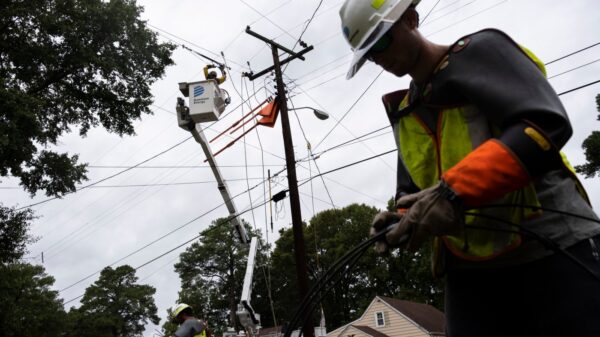The state of Ohio is exploring innovative strategies to boost the adoption of electric vehicles (EVs) while simultaneously creating jobs in the clean energy sector. This initiative aims to address the growing demand for sustainable transportation and alleviate concerns over the practicality of EV usage.
Recently, a couple shared their experience driving 600 miles from Detroit to Boston in electric vehicles, highlighting the challenges faced by EV owners, particularly the anxiety surrounding battery range. Such personal accounts underscore the need for improved infrastructure and government support to encourage more drivers to switch to electric alternatives.
Addressing Range Anxiety and Infrastructure Needs
Range anxiety, the fear that an electric vehicle will run out of battery power before reaching a charging station, remains a significant barrier to EV adoption. To mitigate this concern, Ohio is considering an expansion of its charging network across the state. By increasing the availability of charging stations, officials aim to provide reassurance to prospective EV users, thus fostering a more welcoming environment for electric vehicle owners.
Moreover, investing in charging infrastructure can generate new job opportunities. The installation and maintenance of charging stations will require skilled labor, creating positions in sectors such as construction, engineering, and technology. This dual approach not only addresses consumer concerns but also enhances the state’s economy.
Government Incentives and Clean Energy Goals
In addition to infrastructure improvements, Ohio is looking to implement government incentives to further encourage the shift to electric vehicles. These could include tax credits for EV purchases, rebates for home charging equipment, and support for businesses that transition their fleets to electric models. Such measures can significantly lower the financial barriers that often deter potential buyers from making the switch.
The push for EV adoption aligns with broader clean energy goals set by both state and federal governments. By investing in electric transportation, Ohio can contribute to reducing greenhouse gas emissions and combating climate change. The state’s commitment to sustainability not only benefits the environment but also positions it as a leader in the growing green economy.
As Ohio moves forward with these initiatives, the focus will remain on creating a supportive ecosystem for electric vehicles. The combination of infrastructure development, government incentives, and job creation could serve as a model for other states looking to enhance their own EV adoption strategies.
Ultimately, Ohio’s proactive measures could transform the landscape of electric vehicle ownership, making it more accessible and practical for residents. Addressing the concerns of potential EV users while simultaneously stimulating economic growth represents a significant step toward a more sustainable future.







































































